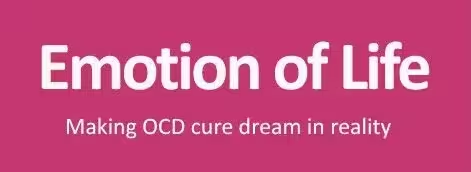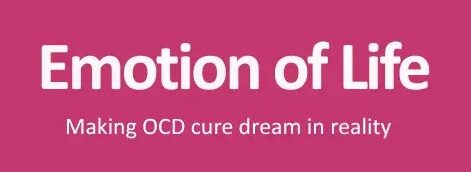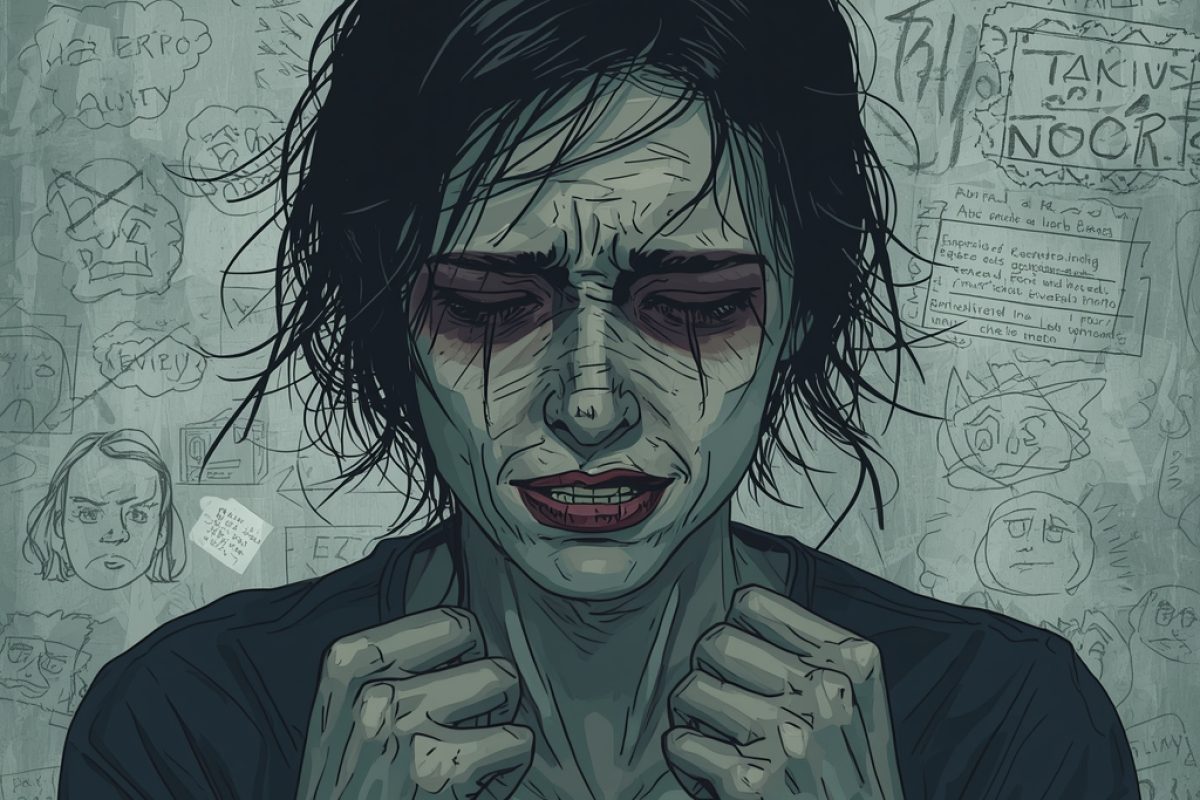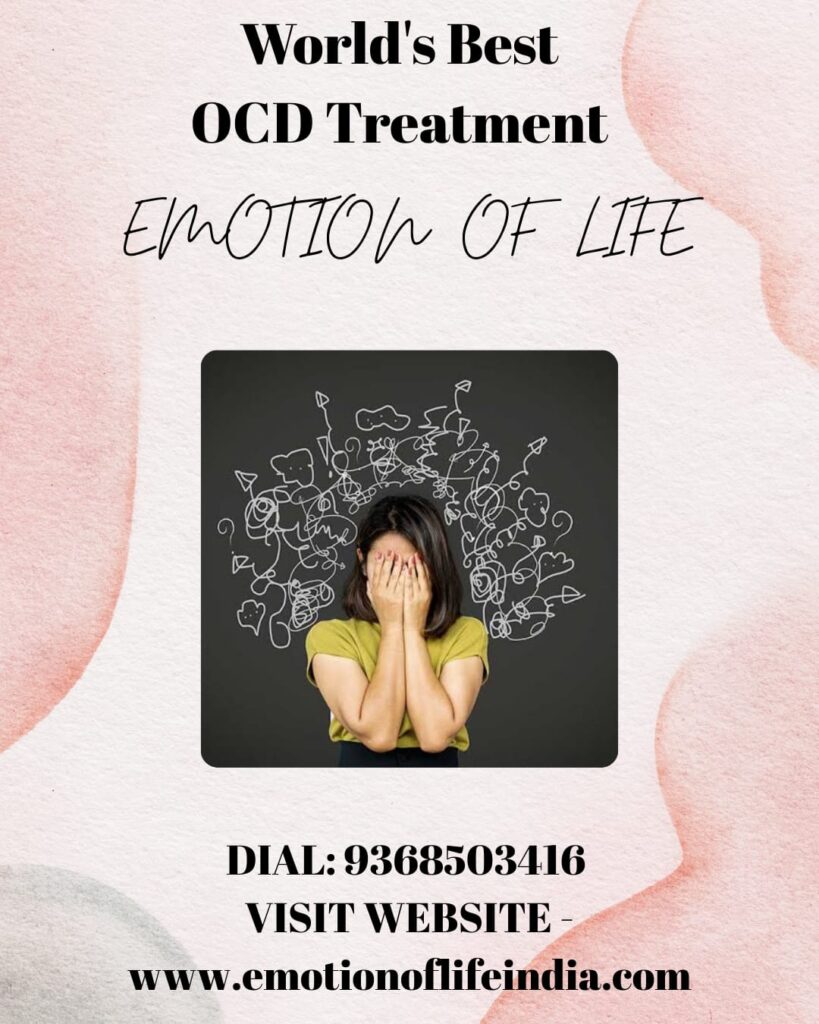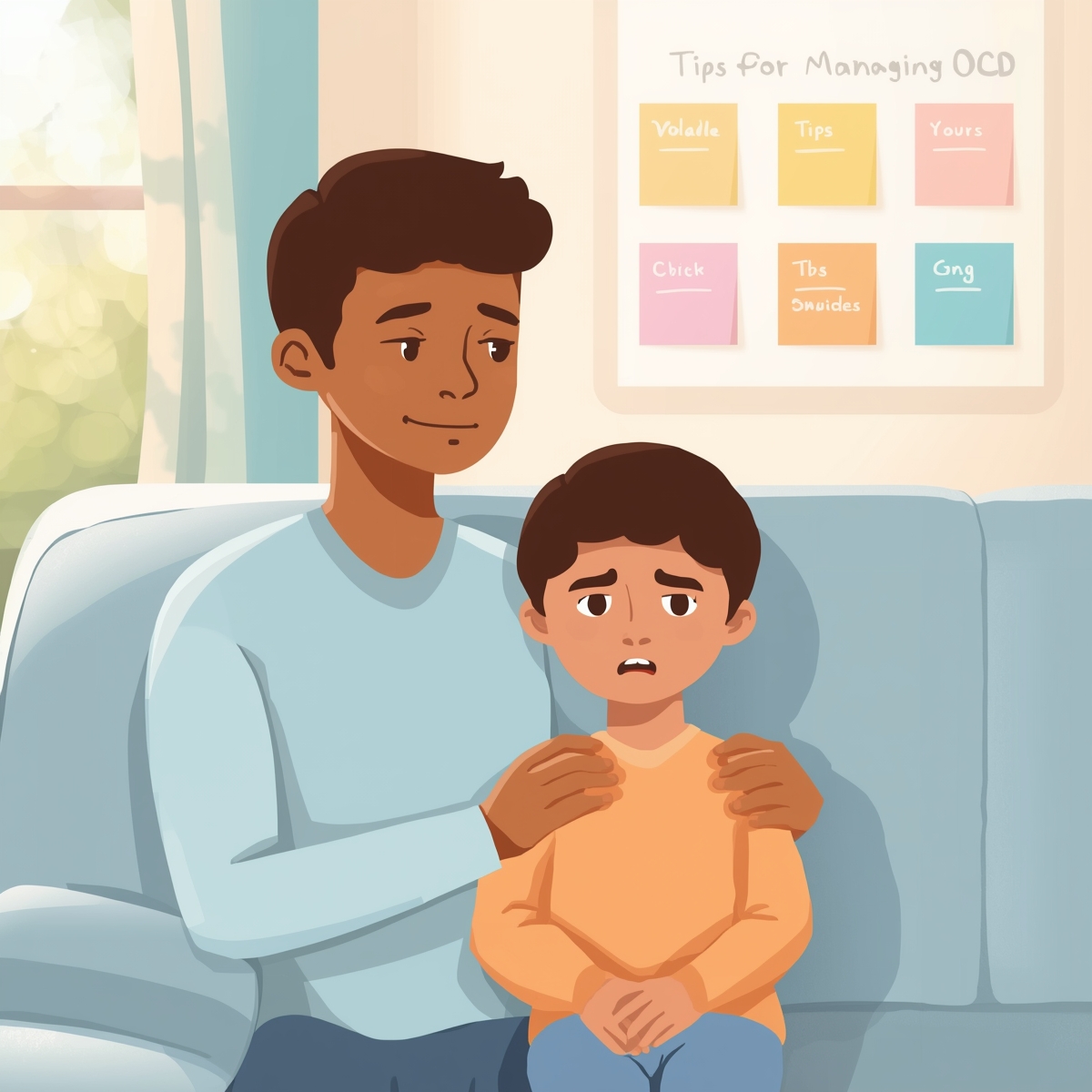OCD Symtoms, Obsessive-Compulsive Disorder (OCD) is a mental health condition characterized by recurring intrusive thoughts (obsessions) and repetitive behaviors or mental rituals (compulsions). These symptoms can become time-consuming and distressing, interfering with relationships, work, and daily life.
While OCD can feel overwhelming, it is treatable — and many people recover or achieve substantial improvement with evidence-based care.
OCD Symptoms Understanding: The Difference Between Obsessions and Compulsions
What are obsessions?
Obsessions are unwanted, intrusive, and often distressing thoughts, images, or urges that pop into the mind. They are not just “worries” — they are persistent and frequently feel irrational to the person experiencing them.
Common features:
- Sudden and repetitive thoughts or mental images.
- High anxiety or distress associated with the thought.
- A sense that the thought is unacceptable, immoral, or dangerous.
What are compulsions?
Compulsions are actions — physical or mental — that a person performs to reduce the anxiety caused by obsessions. Performing the compulsion often brings short-term relief, which then reinforces the cycle. Examples include checking, washing, counting, or repeating phrases mentally.
The OCD cycle:
Obsessions trigger anxiety → anxiety leads to urges to use a ritual (compulsion) → performing the compulsion reduces anxiety temporarily → relief reinforces the belief that the compulsion “helped,” which strengthens the link between obsession and compulsion.
Breaking this cycle is key to recovery.
Common Types of Obsessions
OCD obsessions vary widely. Here are common themes and how they might feel:
- Contamination fears: Intense anxiety about germs, dirt, or chemicals — often leads to excessive washing or avoidance.
- Harm obsessions: Intrusive fears of accidentally hurting yourself or others (e.g., “Did I hit someone with my car?”) — often triggers checking or mental reviewing.
- Ordering and symmetry: A need for things to be “just right” or perfectly arranged; distress if items are out of place.
- Religious or moral scrupulosity: Excessive guilt or fear of being immoral, often accompanied by repeated prayers or confession-type rituals.
- Sexual and taboo thoughts: Unwanted sexual images or thoughts that conflict with the person’s values — these are intrusive and not acted on.
- Health-related obsessions (hypochondriacal): Persistent fears of serious illness despite medical reassurance.
- Relationship doubts: Intrusive questions about feelings for a partner or whether a relationship is “right,” often triggering reassurance-seeking.
Common Types of Compulsions
Common OCD Symtoms as Compulsions are varied and sometimes hidden. Examples include:
- Checking: Repeatedly checking locks, appliances, emails, or safety to prevent feared outcomes.
- Cleaning/washing: Excessive handwashing, showering, or cleaning to reduce contamination fears.
- Counting/repeating: Performing actions a specific number of times or repeating words silently.
- Ordering/arranging: Spending long periods arranging objects until they feel “right.”
- Reassurance-seeking: Asking others repeatedly for confirmation (e.g., “Am I a good parent?”).
- Mental rituals: Silent prayers, reviewing events in the mind, or mentally repeating phrases to “neutralize” a thought. Mental compulsions are especially common and often overlooked because there are no visible actions.
The Emotional and Physical Toll of OCD Symptoms
OCD is not just about odd behaviors — it causes deep emotional strain.
Common impacts include:
- Anxiety and fear: Persistent dread linked to obsessions.
- Shame and guilt: Many hide symptoms for fear of judgment, increasing isolation.
- Fatigue: Mental exhaustion from intrusive thoughts and prolonged rituals.
- Impaired relationships and work: Time spent on rituals or avoidance can reduce productivity and strain personal connections. Recognizing the cost of symptoms is an important motivator for seeking help.
Hidden OCD Symptoms
Not all OCD looks dramatic. Hidden forms include:
- Mental rituals: Silent repetition, praying, or mentally “checking” to ward off fear.
- Avoidance: Steering clear of people, places, or conversations that trigger obsessions.
- Perfectionism that’s more than personality: When the need for perfection consumes time or causes distress, it may be OCD.
- Ruminations: Long, circular thinking that resembles depression or general anxiety but is driven by intrusive obsessions.
Because these symptoms aren’t always visible, friends, family, and even clinicians can miss them unless someone asks directly.
When to Seek Help
Consider professional support if:
- Obsessions or compulsions take up a significant portion of your day (e.g., more than an hour daily).
- They interfere with work, school, relationships, or self-care.
- You feel trapped by anxiety, shame, or hopelessness.
Early help improves outcomes. A mental health professional can assess OCD, rule out other causes, and recommend an individualized plan.
Treatment Options & Hope — How Emotion of Life Helps
Effective treatments exist. The primary evidence-based therapy for OCD is CBT with Exposure and Response Prevention (ERP), often combined with medication when needed. ERP helps people face fears gradually while resisting compulsions, which weakens the obsession–compulsion link.
At Emotion of Life, we provide compassionate, evidence-based care including:
- Individual CBT/ERP sessions (in-person & online)
- Psychoeducation for families and caregivers
- Supportive therapy for co-occurring anxiety or depression
- Guided self-help and relapse prevention planning
Client Reflection — A Short Success Note
“When I first came to Emotion of Life, my days were ruled by checking and fear. With ERP, I learned to face small triggers and stop the rituals. Today I work full-time again and feel more present with my family.” — S., recovered client
This type of progress is common with consistent, guided treatment — recovery is possible.
Practical Tips You Can Try Today for overcoming OCD Sign & Symtoms
- Notice without acting: When an intrusive thought appears, try naming it (“That’s an OCD thought”) without performing a ritual.
- Limit reassurance: Delay or reduce asking others for reassurance; note how the urge fades when resisted.
- Keep a simple log: Track obsessions and rituals for a week to see patterns before starting therapy.
- Reach out: Contact a clinician experienced in ERP. If you’re in India, ask about online ERP options available through Emotion of Life.
Conclusion on OCD Symtoms — You Don’t Have to Face OCD Alone
OCD symptoms can be frightening and exhausting, but they are treatable. Recognizing the difference between an intrusive thought and a real threat is the first step.
With the right support — evidence-based therapy, education, and compassionate care — people with OCD reclaim their time, reduce anxiety, and rebuild meaningful lives.
If you or a loved one is struggling, Emotion of Life (Shyam Gupta & Pratibha Gupta) offers personalized treatment and hope. Reach out for a confidential assessment and take the next step toward freedom from OCD.
Emotion of Life — Evidence-based OCD treatment. For appointments and online sessions, visit our website or contact us directly.
Call: +91 9368503416 | Website: www.emotionoflife.in | Email: info@emotionoflife.in
Book Now | Review | OCD Types | Our Experts | Success Stories| Contact Us| MyPsychologist
